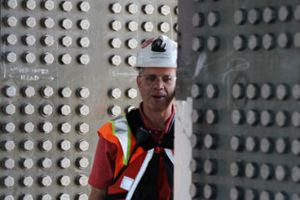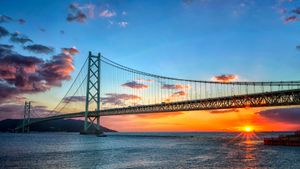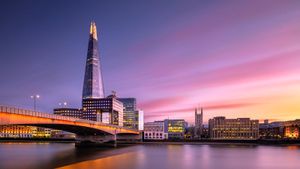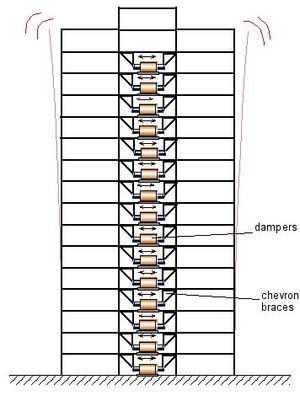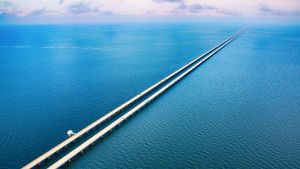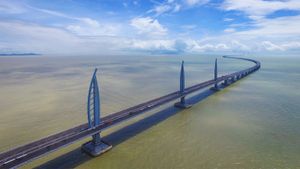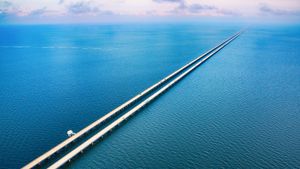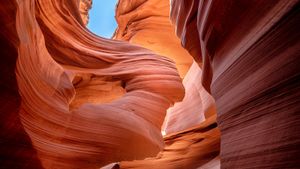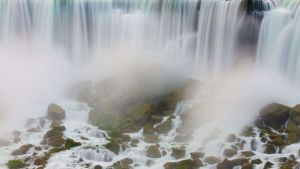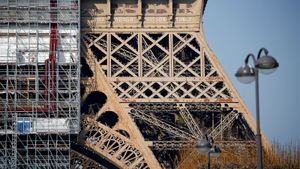Additional Bridge Forces: Torsion and Shear
So far, we've touched on the two most important forces in bridge design: compression and tension. Yet dozens of additional forces also affect the way bridges work. These forces are usually specific to a particular location or design.
Torsion, for instance, is a particular concern for engineers designing suspension bridges. It occurs when high wind causes the suspended roadway to rotate and twist like a rolling wave. As we'll explore on the next page, Washington's Tacoma Narrows Bridge sustained damage from torsion, which was, in turn, caused by another powerful physical force
Advertisement
The natural shape of arch bridges and the truss structure on beam bridges protects them from this force. Suspension bridge engineers, on the other hand, have turned to deck-stiffening trusses that, as in the case of beam bridges, effectively eliminate the effects of torsion.
In suspension bridges of extreme length, however, the deck truss alone isn't enough protection. Engineers conduct wind tunnel tests on models to determine the bridge's resistance to torsional movements. Armed with this data, they employ aerodynamic truss structures and diagonal suspender cables to mitigate the effects of torsion.
Shear: Shear stress occurs when two fastened structures (or two parts of a single structure) are forced in opposite directions. If left unchecked, the shear force can literally rip bridge materials in half. A simple example of shear force would be to drive a long stake halfway into the ground and then apply lateral force against the side of the upper portion of the stake. With sufficient pressure, you'd be able to snap the stake in half. This is shear force in action.
On the next page, we'll look at a truly destructive force: resonance.
